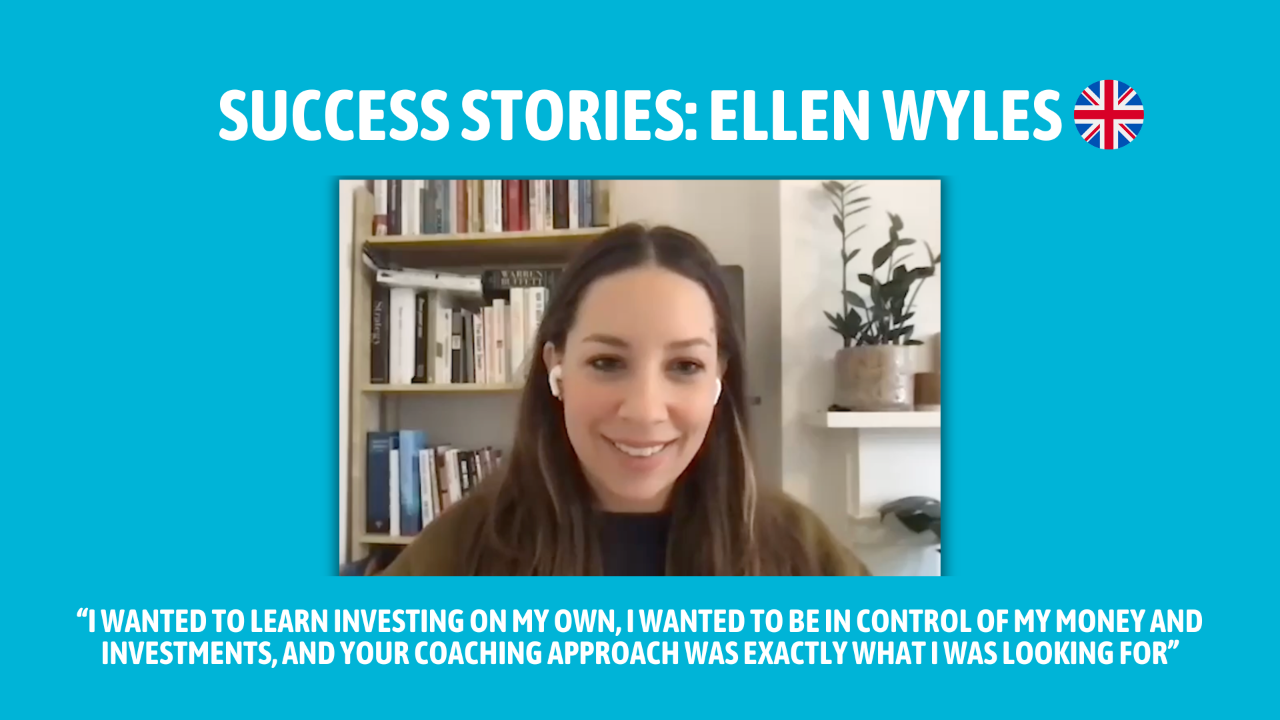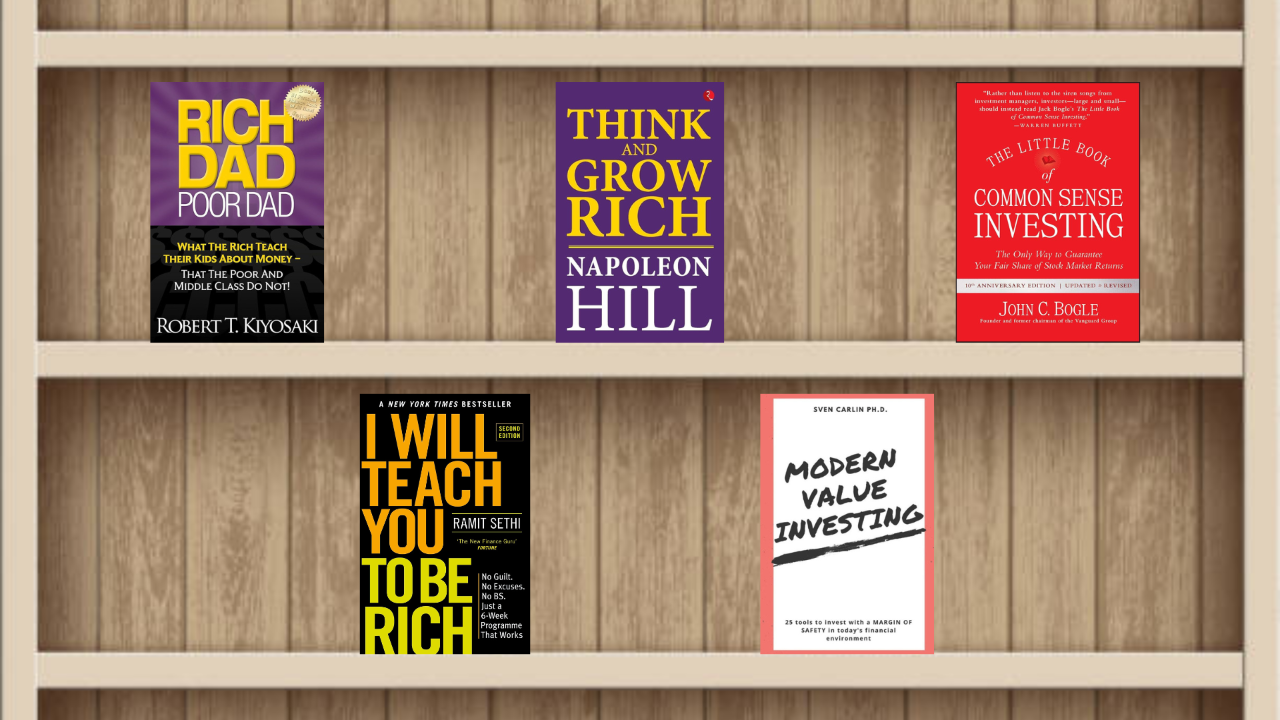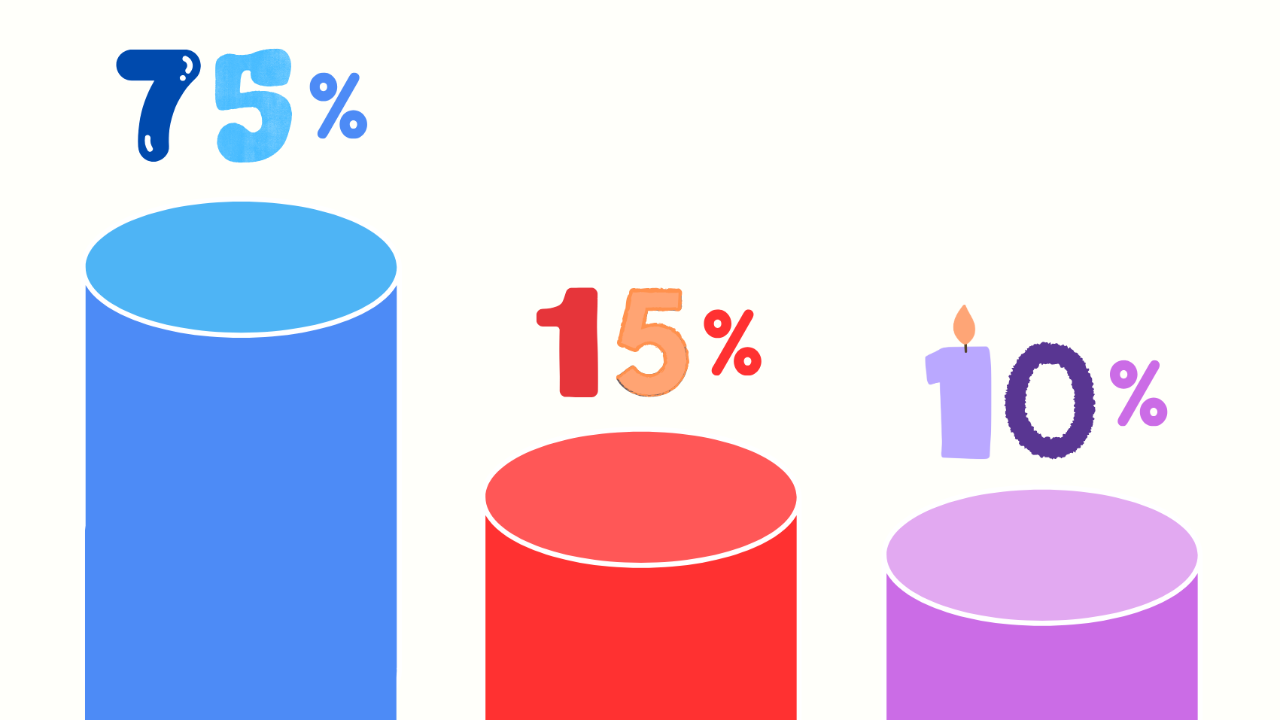
The Stoic Guide to Investing
Nov 03, 2024Hello Stoic Investors,
Today, I want to answer a question I hear a lot from my students:
"If you had to start investing today, what would you do?"
It’s a great question, and if I were starting today, I’d take a focused, step-by-step approach to get on solid ground and keep things simple.
These are the 3 main steps I’d follow to make the process easier to manage and effective over time:
1. Preparing Finances:
First, I’d make sure my finances are ready.
This means knowing exactly where my money goes every month.
I’d look at my total income and then subtract my expenses to see what’s left—that leftover is what I’d invest.
Of course, before jumping in, I’d want an emergency fund that covers at least three months of expenses to act as a safety net.
Once that’s set, any surplus is fair game for investing.
For example, if I earn £5,000, spend £3,000, and have £2,000 left, that £2,000 becomes my monthly investment, plus any lump sum I might have on hand.
2. Opening a Brokerage Account:
With my finances prepped, my next step would be to open an account that lets me invest in a tax-efficient way.
In the UK, this could be an ISA (Individual Savings Account), which allows investments to grow tax-free.
In the U.S., I might choose a Roth IRA or a 401(k) for tax advantages on retirement savings.
Across Europe, many countries offer similar accounts with tax benefits for long-term investments, often with options for tax-free growth if funds are held for a certain period.
For my core investments, I’d start with a global ETF—such as SWDA—to get diversified exposure across markets.
I’d likely put 60% of my capital here, with the remaining 40% invested in individual stocks or bonds to allow a bit of flexibility depending on my personal goals.
3. Setting up an Investor Routine:
Consistency is what really matters, so I’d build an investor routine to keep myself on track.
I’d block out a couple of hours on Sunday mornings to review the market and my portfolio, using tools like Koyfin for overall market trends, Alphaspread to dig deeper into individual stocks, and JustETFs to get insights into ETFs.
It’s also important to plan upcoming expenses and set clear financial goals—using a budget planner can help with this (you can download mine for free if you don’t have one at this LINK).
With this approach, I’d be able to make informed updates and keep my investments aligned with my goals.
By sticking to these steps, I’d be setting myself up for steady progress, letting my investments grow and work for me over time.
Investing doesn’t need to be complicated; it just needs to be consistent and thoughtful.
Start small, stay patient, and trust the process!
So, note down these 3 steps and start investing today:
1. Get your finances ready: Know your income, expenses, and set aside an emergency fund.
2. Open a tax-efficient account: Choose an ISA, Roth IRA, or a local European option for tax benefits.
3. Build a routine: Stay consistent, review the market weekly, and keep your goals in focus.





